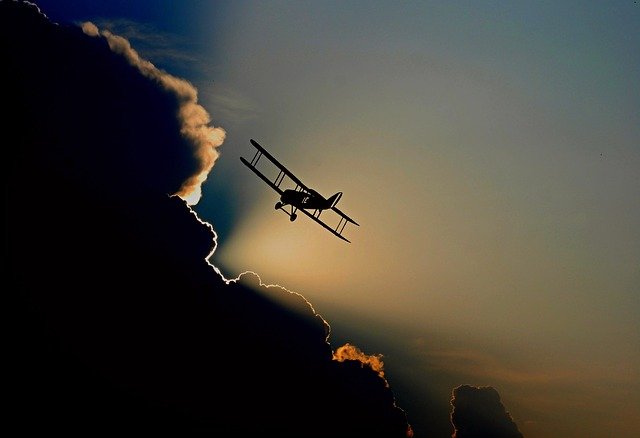Plane travel has changed the world, but accidents have happened since the early days of manmade flight. One of the worst plane accidents that occurred in the 1950s occurred in Arizona. Below is more information about this accident that caused many changes in state and federal air travel regulations.
Even though air travel is much safer today, accidents still happen. If you or a loved one was injured in a plane crash, make sure you discuss it with an aviation accident attorney.
June 30, 1956
One of the worst accidents in air flight history happened on this day over Arizona’s Grand Canyon. On that fateful day, two airplanes started on journeys across the United States.
Both planes flew out of the LA airport, and both had delays. The TWA flight was set to take off for Kansas City at 8 AM, but minor maintenance delayed the flight. The plane left at 9 AM, according to accident investigation documents. The United Airlines flight left for Chicago at 9:04, a few minutes after the other flight.
The report noted that TWA Flight 2 went north over the San Bernardino Mountains at 270 knots and 20,000 feet. United Flight 718 went east over Palm Springs at 288 knots at 21,000 feet. Both planes should have crossed each other without incident and gotten to their destinations.
Everything Was Fine – For 15 Minutes
All went smoothly at first. Then the TWA captain called the tower to report turbulence. He asked to fly at 21,000 feet to skirt overcast skies ahead. The request was denied, but he was authorized to fly 1,000 feet over the sketchy weather.
The Flight Information Manual in the 1950s said that when air traffic control says 1,000 feet above the clouds instead of a cruising altitude, this means the flight can be flown at any height that is at or above the minimum when it is 1000 or more feet above the clouds. These situations were every day, but it put a lot of responsibility on the pilots to avoid other traffic.
The situation reduced the pilot’s information about how close he was to other airplanes, leaving him to rely on his eyesight.
Lack of Communication
When the TWA pilot was allowed to fly 1,000 feet over the clouds, the other pilot wasn’t told. But it meant both planes were flying over the same region at the same altitude – at the same time.
The last understandable reports from both pilots were heard at air traffic control at 10 AM. By 10:30, flight controllers in Salt Lake City received a garbled communication from one of the planes. All they could understand later was that United 718 was going down.
At 10:31, the planes struck each other over the Grand Canyon. The crash report found that clouds probably obscured both pilots’ vision. They probably didn’t notice each other until it was far too late.
All 128 passengers and crew on both planes died.
A Wakeup Call For Air Travel
Some good did come from this Arizona tragedy, though. The accident showed that US air traffic had increased by 100% since the end of the war. But little had been done to reduce the risk of collisions in midair.
The Federal Aviation Association was begun in 1958, inspired by this tragedy and a few others. These days, commercial jets never operate under visual flight rules. Air traffic controllers at higher altitudes always give them directions.




